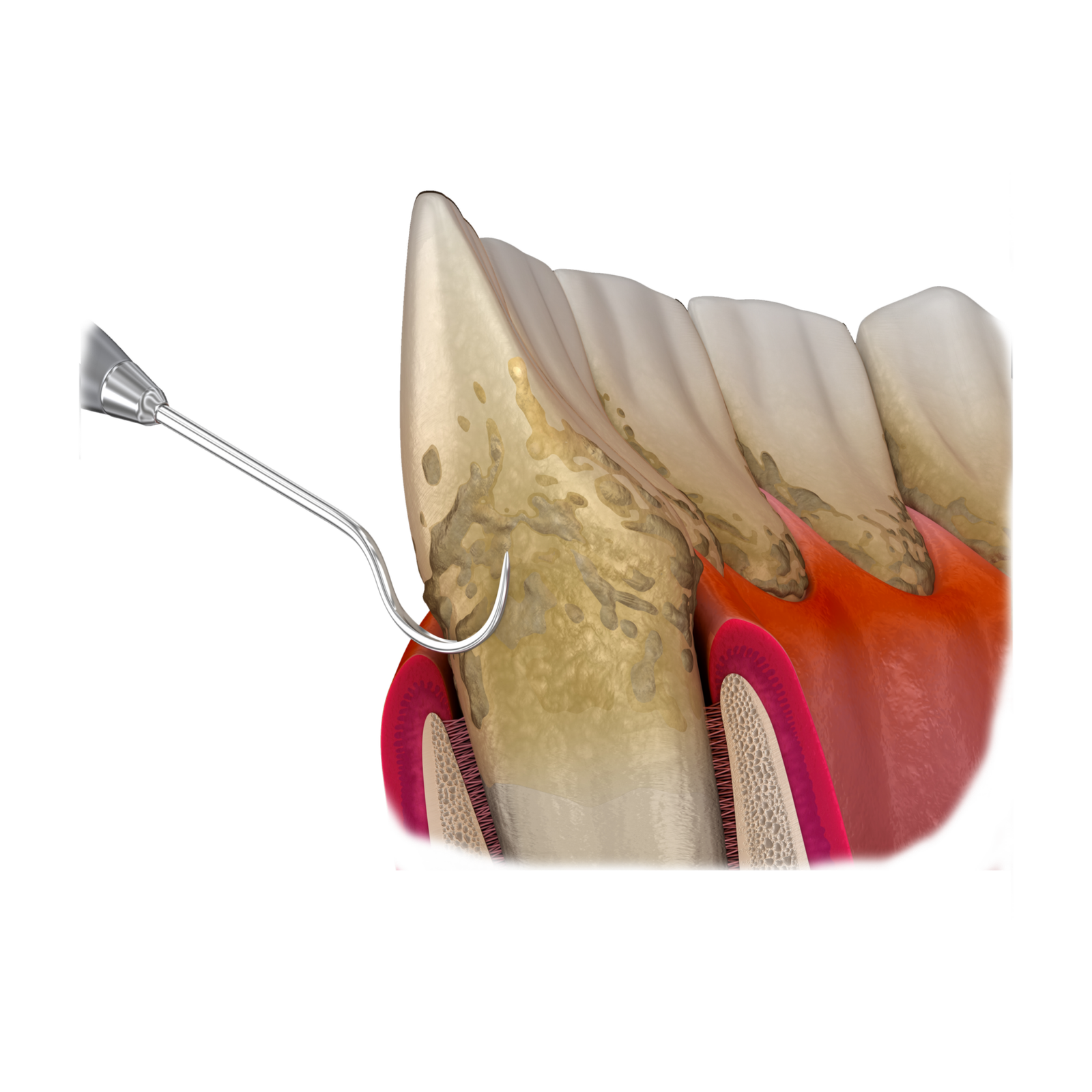
Tartar removal, also known as dental scaling, is a crucial dental procedure aimed at removing plaque and tartar (calculus) that have built up on the teeth’s surfaces and below the gum line. Plaque is a sticky film of bacteria that can harden into tartar if not regularly cleaned away. Tartar cannot be removed with brushing and flossing alone and requires professional dental cleaning. Regular tartar removal is essential for maintaining oral health, preventing gum disease, and ensuring the longevity of your teeth. This procedure is a routine part of dental care and plays a critical role in the prevention of oral health issues.
Have Any Questions Feel Free to Contact with Our Team
+90 506 250 00 05
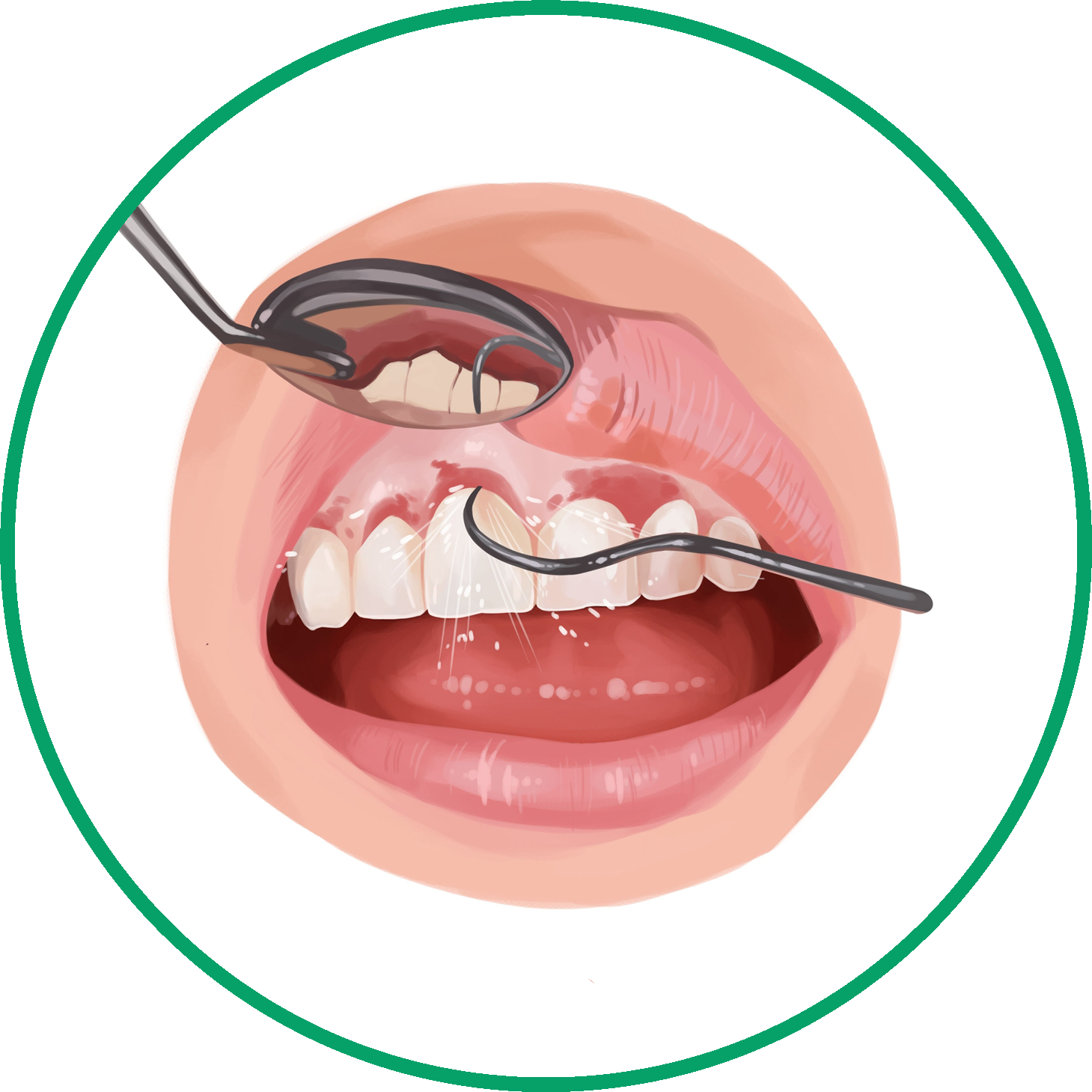
Initial assessment of the teeth and gums to identify tartar buildup.
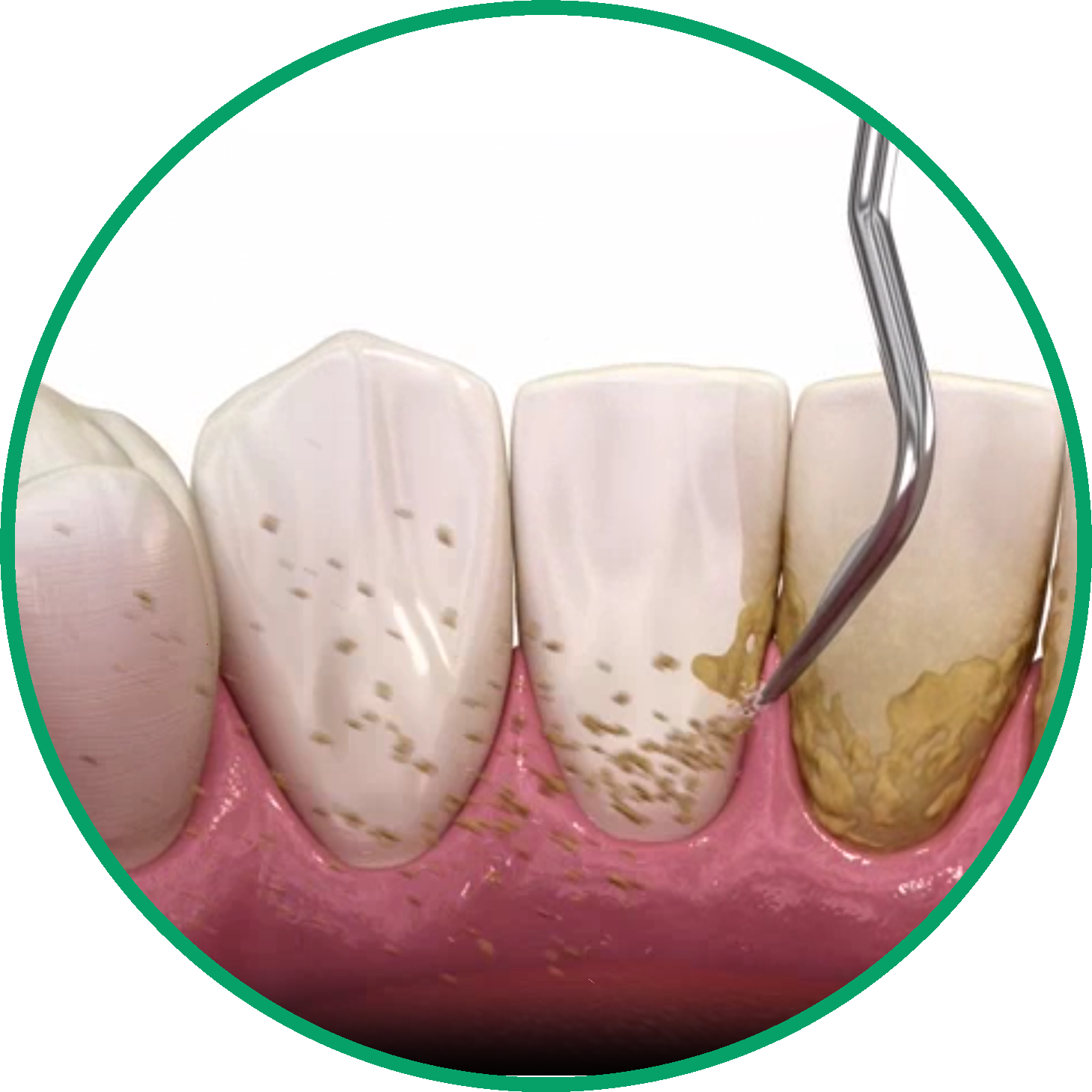
The dentist or dental hygienist uses specialized tools, such as an ultrasonic scaler and hand scalers, to gently remove tartar from above and below the gum line.
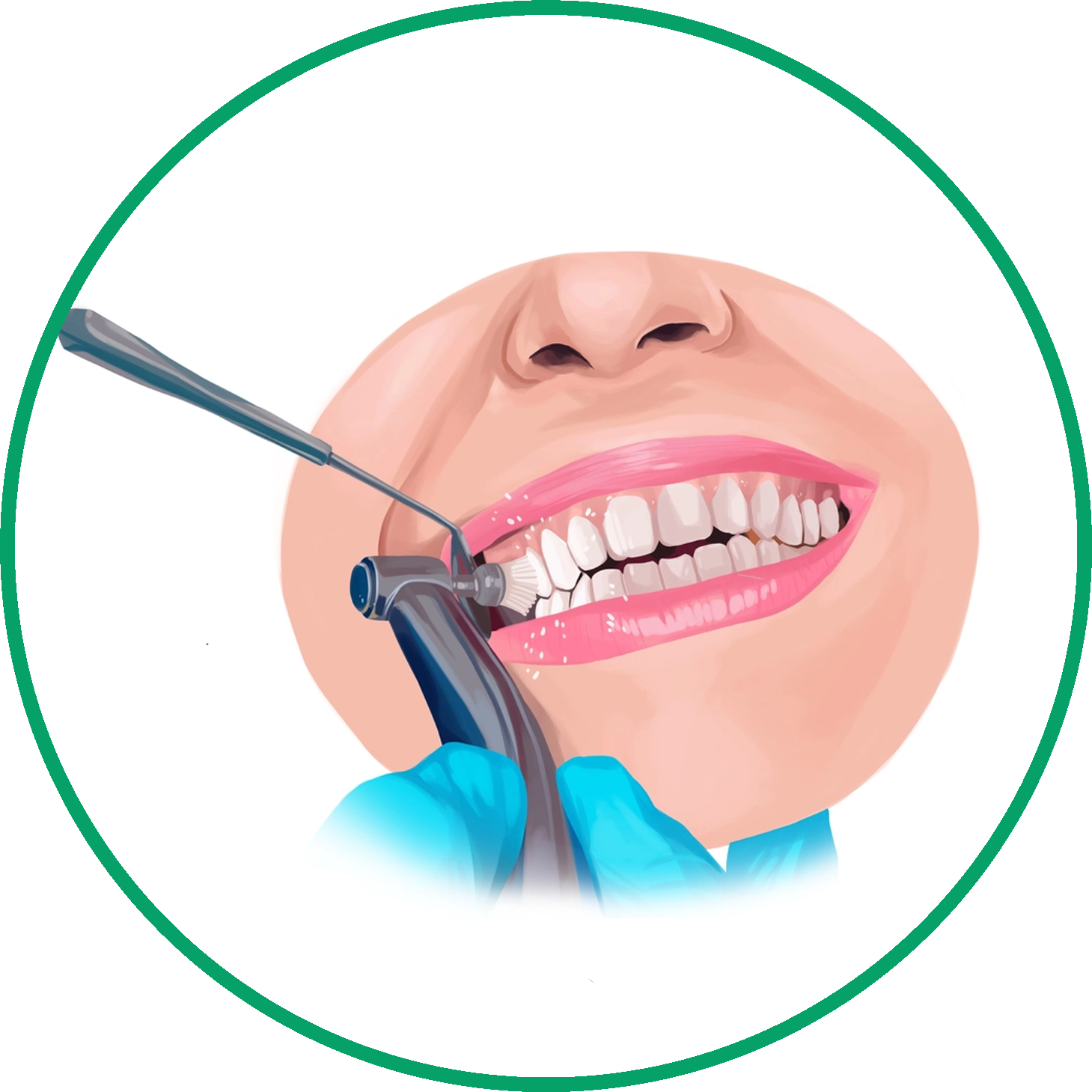
After scaling, teeth are polished to remove surface stains and smooth the enamel, making it more difficult for plaque to adhere.
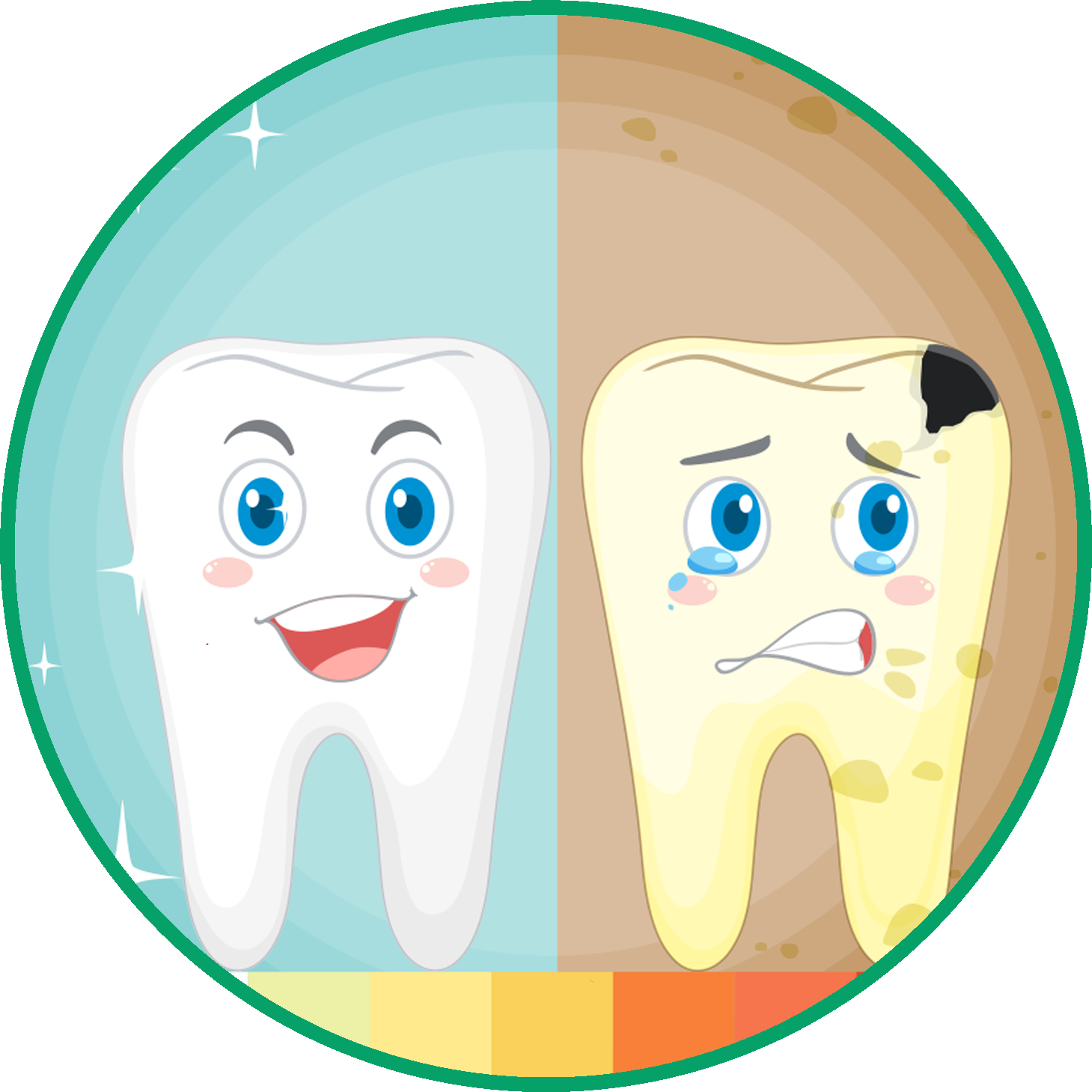
Optionally, a fluoride treatment may be applied to strengthen the teeth and prevent cavities.
Have Any Questions Feel Free to Contact with Our Team
+90 506 250 00 05

You can expect the following benefits from the procedure:
Tartar removal is a safe procedure with minimal risks, including:
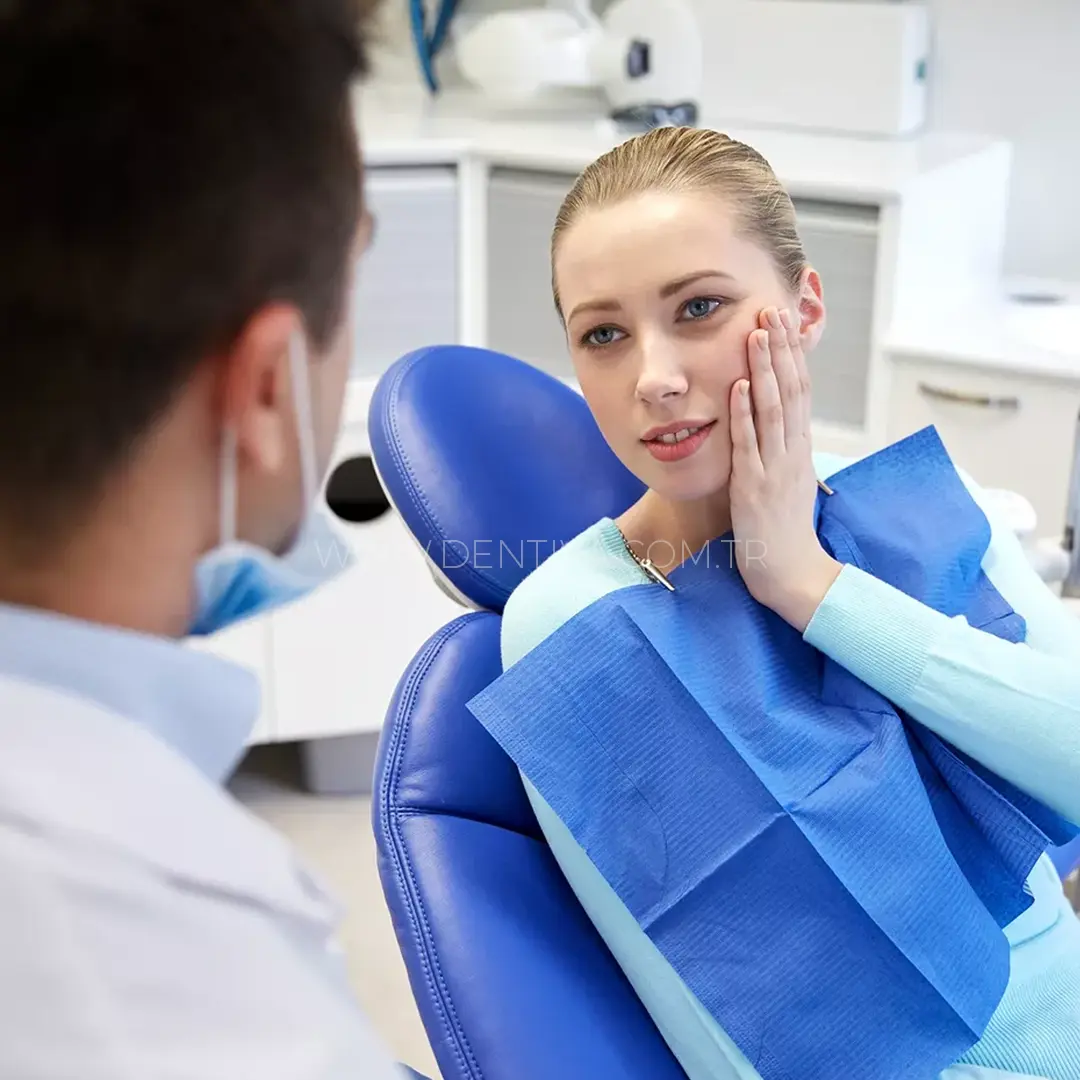


Our team of dental professionals is highly skilled in performing tartar removal efficiently and comfortably.
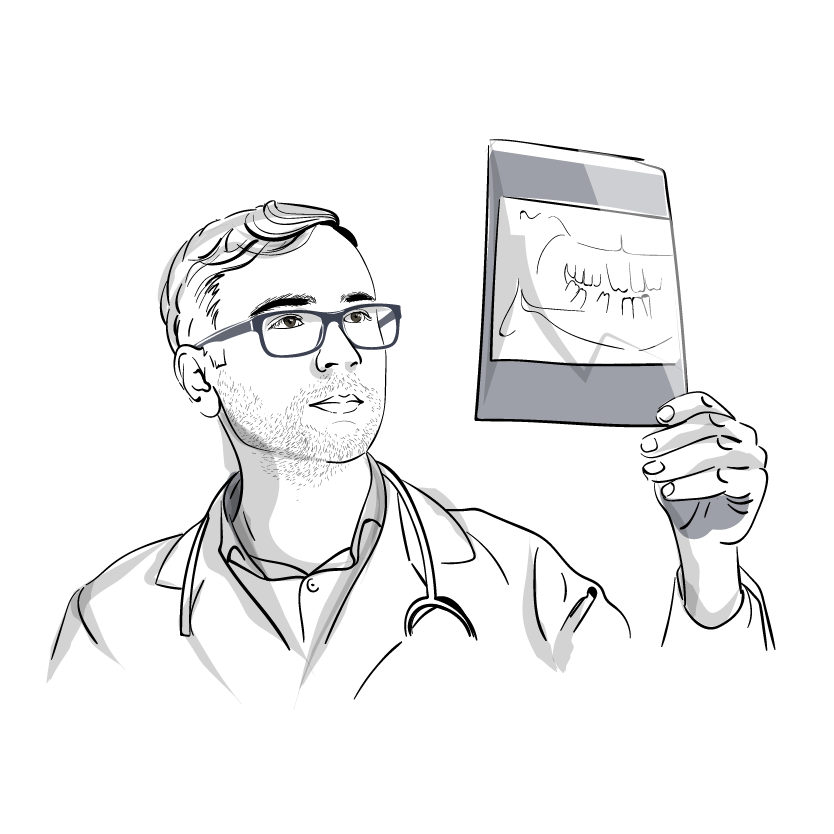
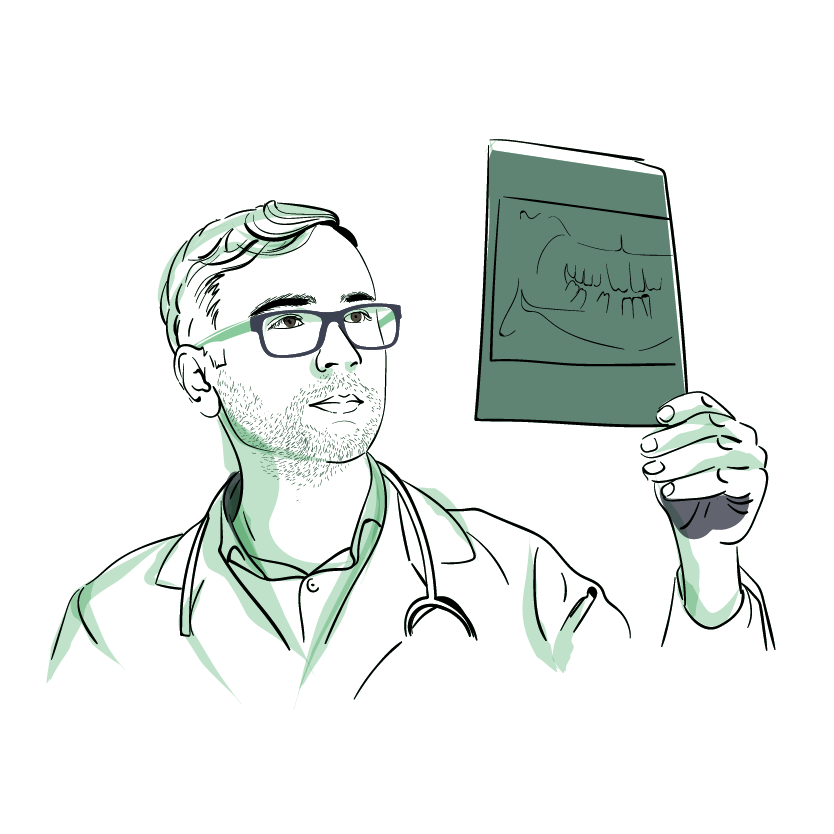
We utilize the latest dental technologies to ensure thorough cleaning and patient comfort.

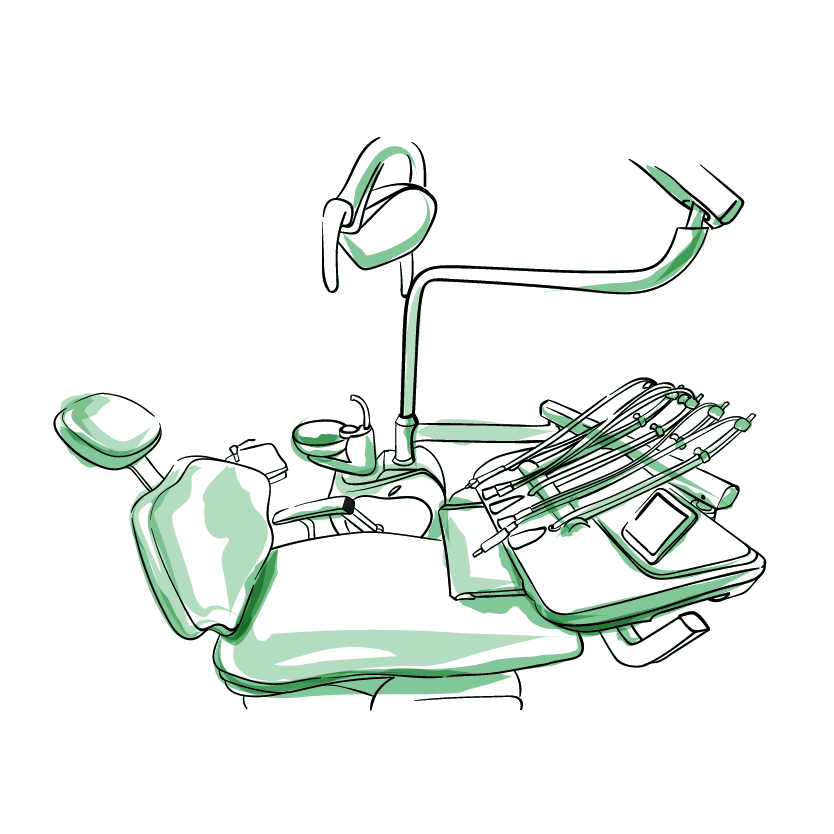
Each patient receives care tailored to their specific oral health needs.


We focus on preventative care to maintain your oral health and avoid future problems.


Our clinic offers competitive pricing on tartar removal and other dental services.
Tartar is hardened plaque that builds up on teeth. It can only be removed by a dental professional. If left alone, it leads to cavities and gum disease.
Most people need a professional tartar removal cleaning every 6 months. Those more prone to buildup may need them every 3-4 months. Your dentist will recommend frequency.
Tartar removal itself is painless, but scraping may cause some gum soreness and sensitivity that goes away within a day or two.
Yes. Regular professional tartar removal limits harmful bacteria growth that causes gingivitis and periodontitis. It prevents disease progression.
Daily brushing and flossing, limiting sugary foods, using antimicrobial mouthwashes, and regular cleanings help minimize tartar. However, some buildup is unavoidable.
Plaque is a sticky film of bacteria on teeth. Tartar is hardened calculus plaque that bonds to teeth and can only be removed by dental instruments.
Have Any Questions Feel Free to Contact with Our Team
+90 506 250 00 05
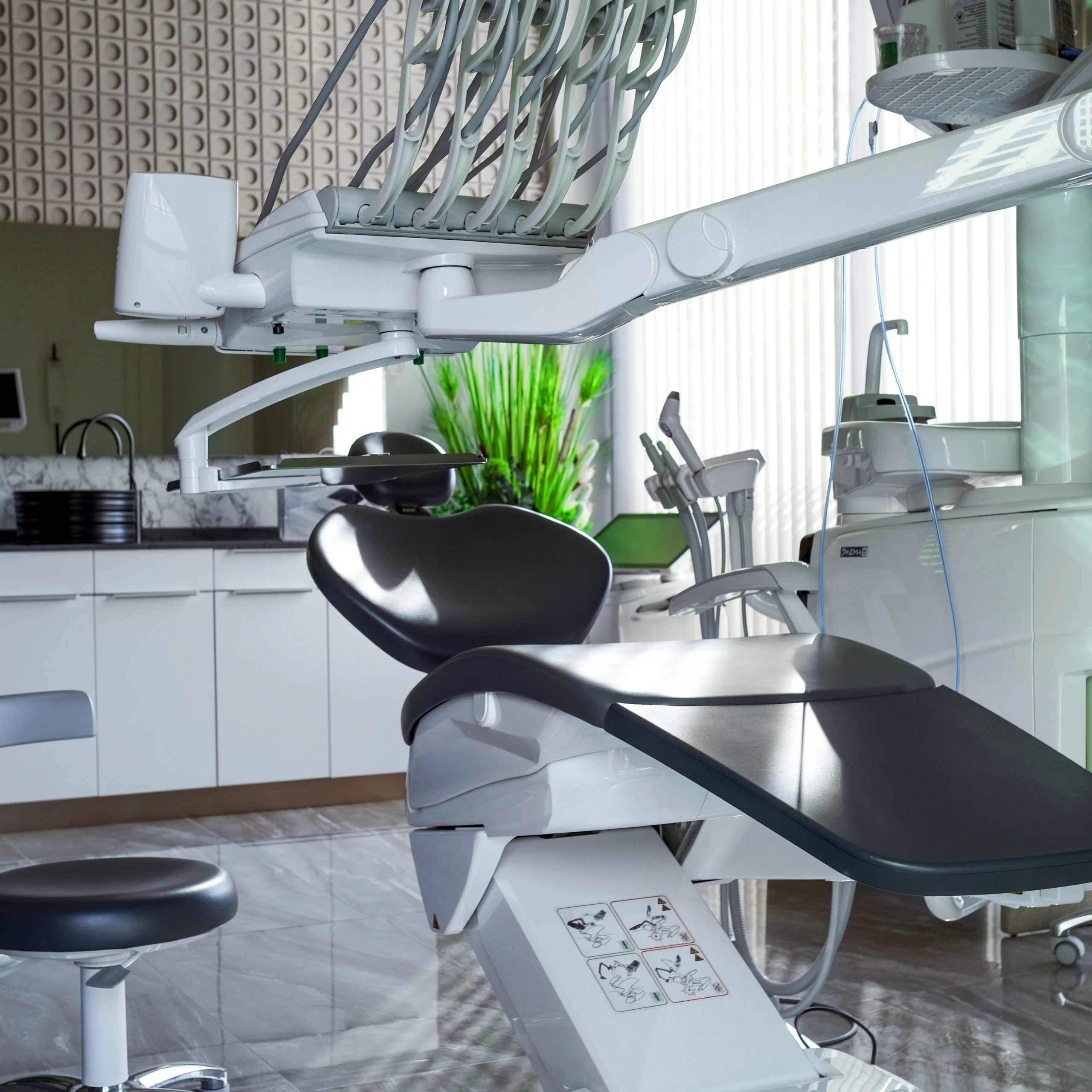
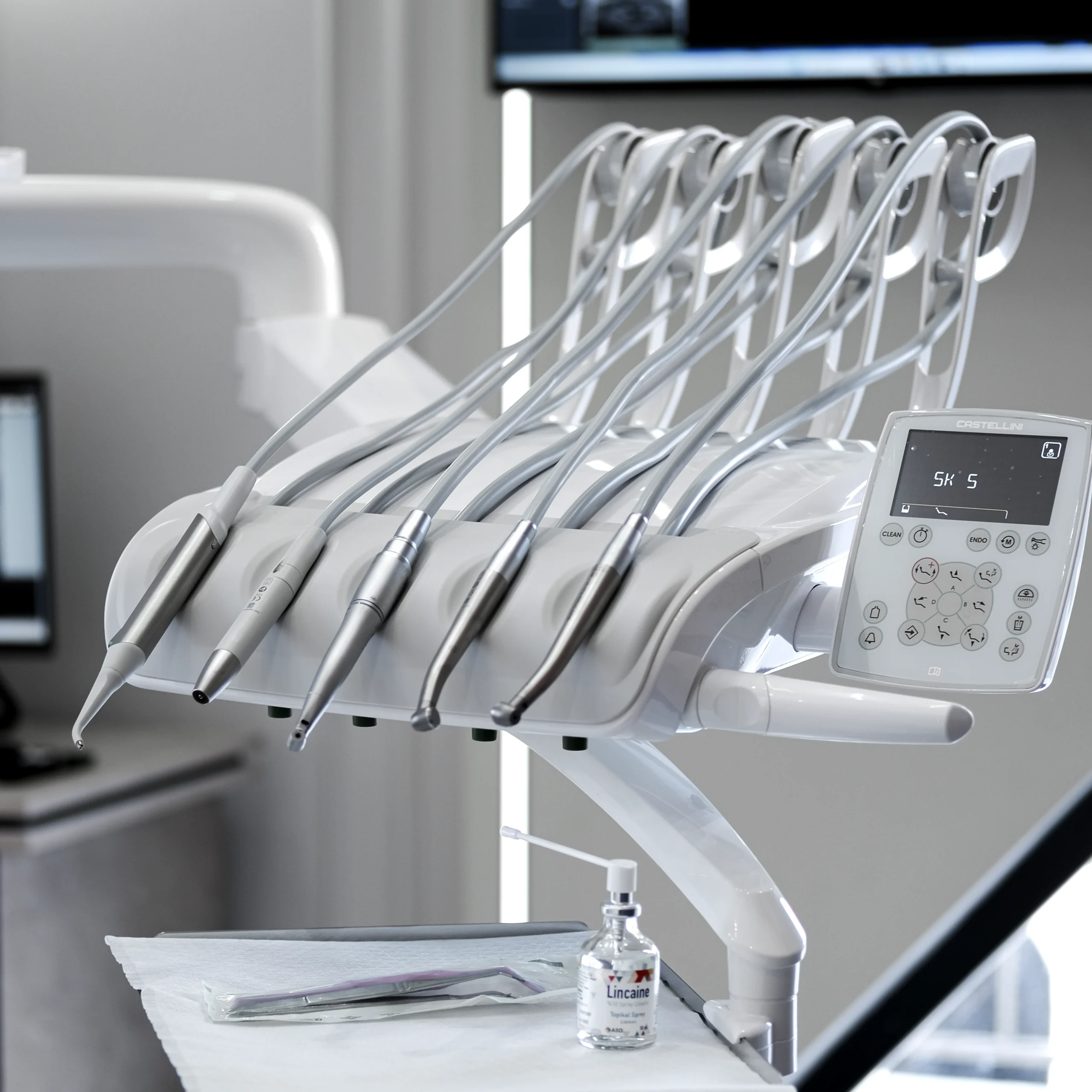
Bağlar, Yavuz Sultan Selim Cd. No:12A, 34200 Bağcılar/İstanbul

